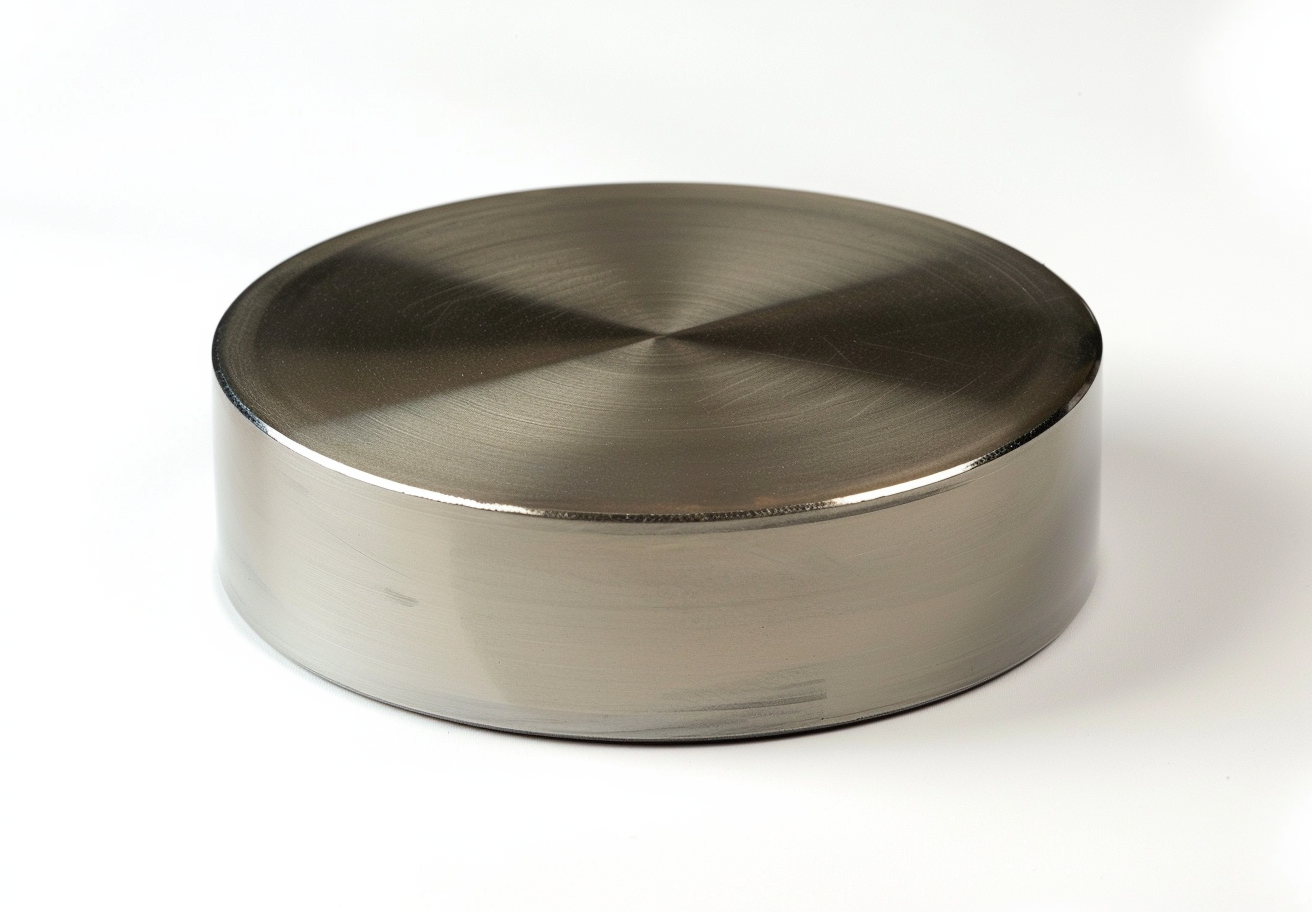Sunlight Generates Hydrogen Through Porous Silicon
A team of mechanical engineering researchers from a UK institution discovered a method to generate hydrogen from water. The method produces porous silicon using a solar‐powered process. The team suggests that the method may be applied to biosensors, optical electronics and batteries.
The production process of porous silicon removes surplus material. The research team deposits chemical reagents rather than removing material.
According to Wang, silicon holds significant importance due to its semiconductor properties. Conventional etching wastes a considerable amount of material. Therefore, the researchers use a chemical deposition process. They begin with silicon tetrachloride, one of the most economical silicon sources.
After extraction, the researchers treat the material with an alloy of sodium and potassium. Wang explained that strong bonds connect chlorine and silicon in silicon tetrachloride. Thus, the team requires a potent reducing agent. They employ the sodium–potassium alloy for this purpose.
When the bonds break, chlorine binds with potassium, silicon, sodium chloride, potassium chloride and sodium. This reaction produces a composite material that contains salt crystals within the silicon. Subsequently, they heat the sample and wash it with water to remove the salt. The resulting material displays pores ranging from 5 to 15 nanometres.
The researchers perform the entire process in an oxygen‐free environment. They conduct the process within an argon atmosphere. This precaution is necessary given that the sodium–potassium alloy reacts vigorously.
Wang asserts that the team can scale the process to manufacturing level. Industrial processes already use the sodium–potassium alloy. Thus, the researchers may adapt the approach for large‐scale production of this new form of silicon.
The silicon particles have numerous pores, which produce a large surface area. Under solar illumination, the porous silicon acts as a catalyst. Solar energy excites electrons that reduce water to produce hydrogen gas.

 Bars
Bars
 Beads & Spheres
Beads & Spheres
 Bolts & Nuts
Bolts & Nuts
 Crucibles
Crucibles
 Discs
Discs
 Fibers & Fabrics
Fibers & Fabrics
 Films
Films
 Flake
Flake
 Foams
Foams
 Foil
Foil
 Granules
Granules
 Honeycombs
Honeycombs
 Ink
Ink
 Laminate
Laminate
 Lumps
Lumps
 Meshes
Meshes
 Metallised Film
Metallised Film
 Plate
Plate
 Powders
Powders
 Rod
Rod
 Sheets
Sheets
 Single Crystals
Single Crystals
 Sputtering Target
Sputtering Target
 Tubes
Tubes
 Washer
Washer
 Wires
Wires
 Converters & Calculators
Converters & Calculators
 Write for Us
Write for Us

 Chin Trento
Chin Trento



